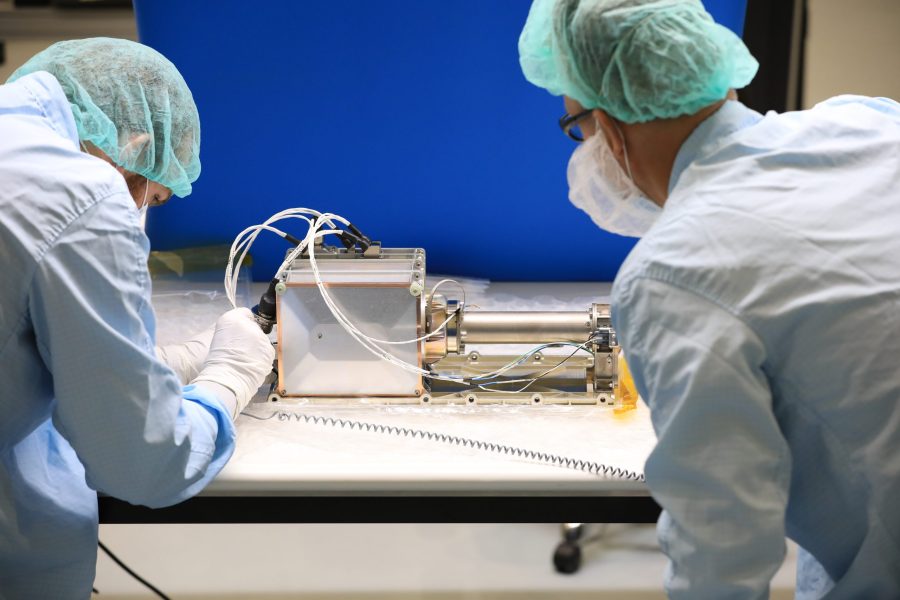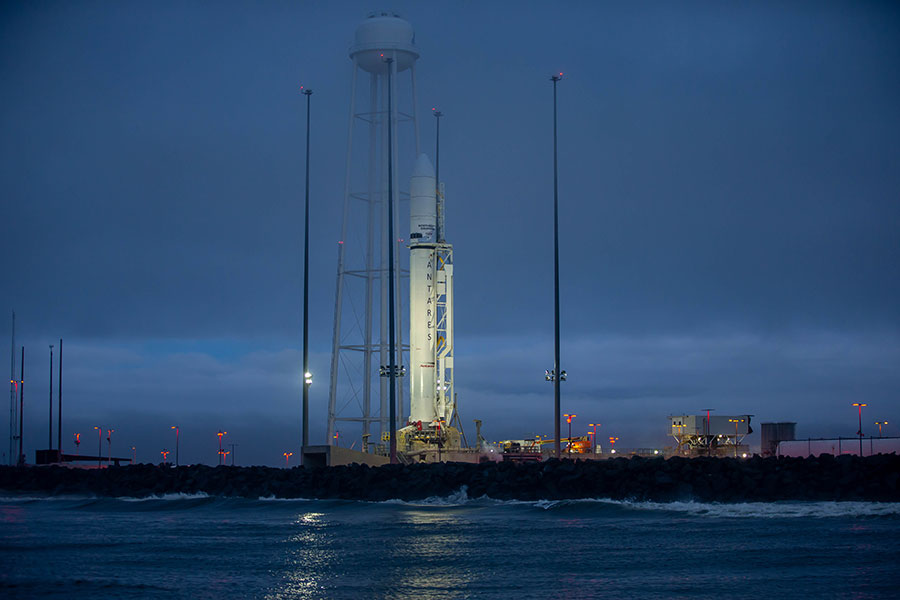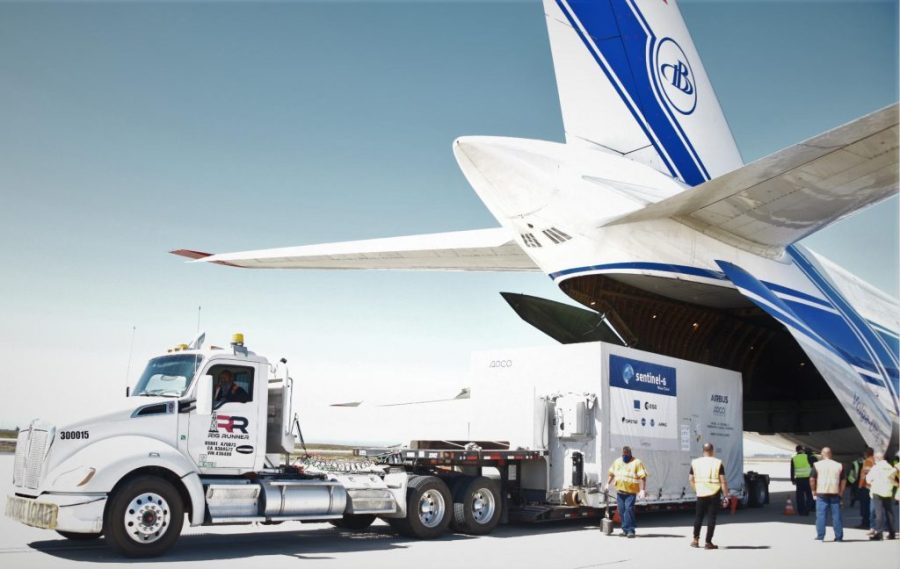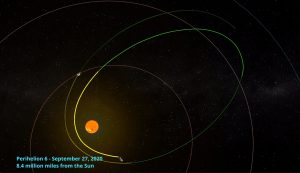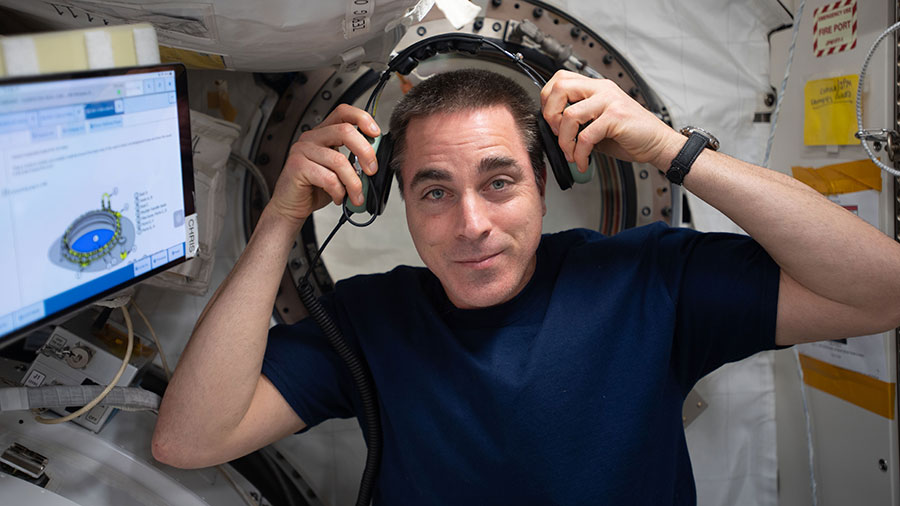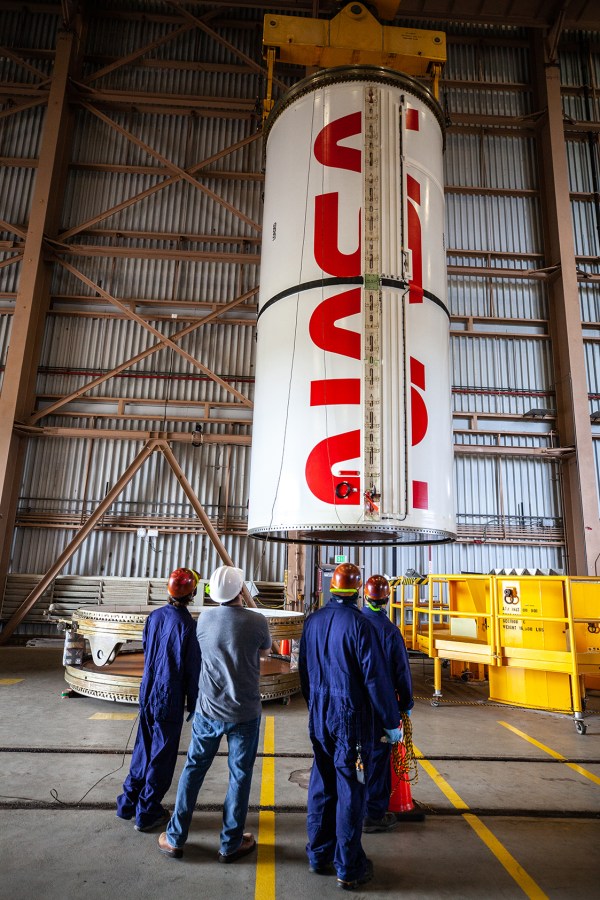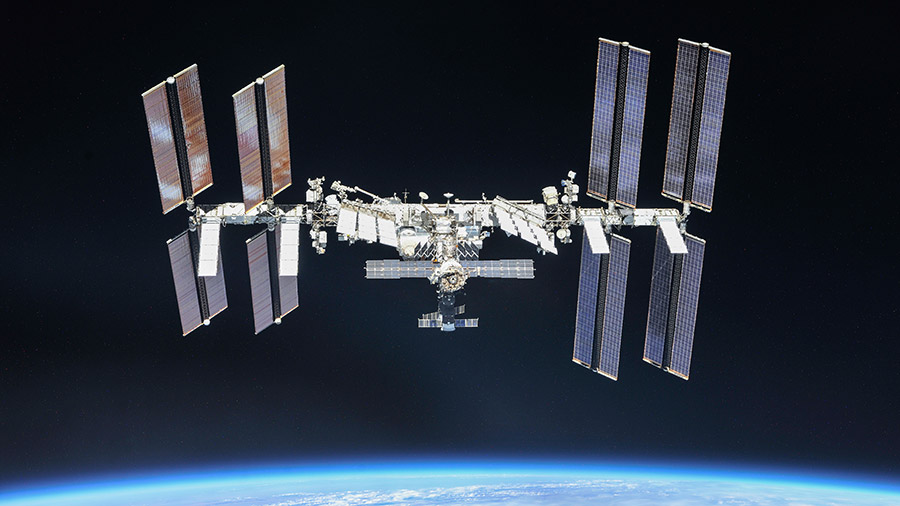A versatile instrument designed to help analyze the chemical makeup of lunar landing sites and study water on the Moon as part of the Artemis program has completed an important step in its final assembly. Teams working on the Mass Spectrometer Observing Lunar Operations, or MSolo, at NASA’s Kennedy Space Center in Florida installed the …
Artemis Instrument Ready for Extreme Moon Temperatures
